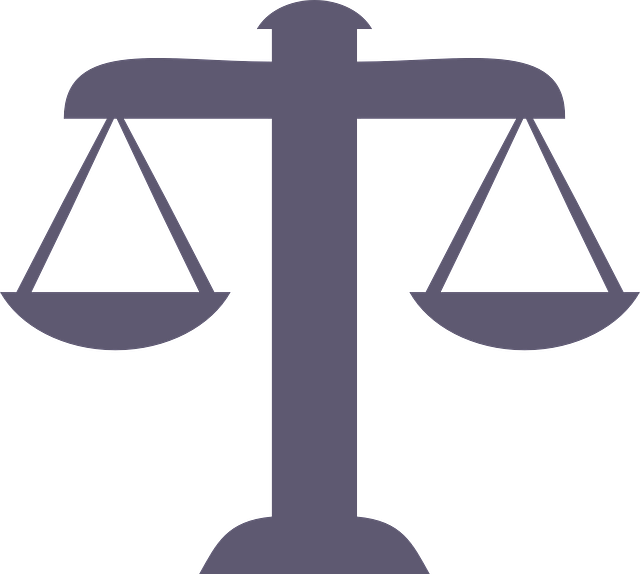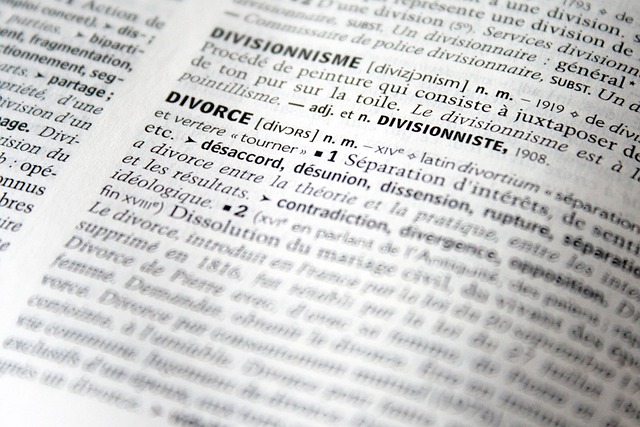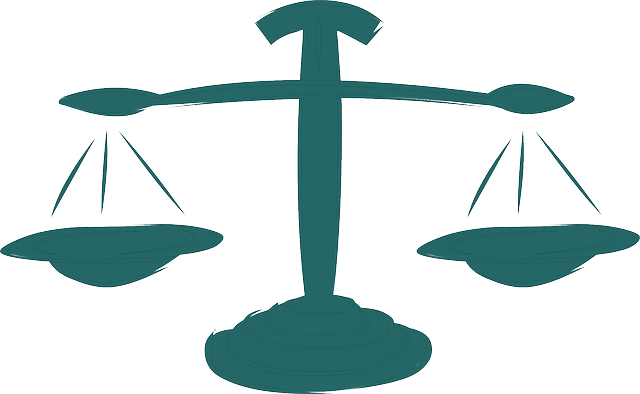The types of evidence used in criminal prosecution are pivotal for achieving justice, with physical (fingerprints, blood samples) and digital (smartphones, computers) evidence playing contrasting yet critical roles. While physical evidence provides clear links, digital evidence requires complex handling to maintain integrity and avoid manipulation. Expert witnesses, backed by specialized knowledge, offer crucial insights into intricate data analysis. Documentary evidence, including written documents, photos, audio/video recordings, and digital files, must adhere to admissibility guidelines to impact outcomes fairly. Cybercrime litigation poses unique challenges, necessitating advanced evidence collection techniques like data forensics and network analysis to combat digital offenses effectively.
Discover the diverse landscape of litigation with an in-depth exploration of criminal cases. From understanding the fundamentals of criminal litigation through to the intricacies of cybercrime, this article dissects key components that drive legal proceedings. We delve into types of evidence—physical versus digital—and their critical role in shaping outcomes. Learn about testimony and expert witnesses, documentary evidence rules, and unique challenges in cybercrime litigation. Uncover essential insights on the types of evidence used in criminal prosecution to navigate this complex domain effectively.
- Understanding Criminal Litigation: An Overview of Common Cases
- Types of Evidence: Physical vs Digital in Criminal Trials
- The Role of Testimony and Expert Witnesses in Prosecution
- Documentary Evidence: Its Importance and Admissibility Rules
- Cybercrime Litigation: Unique Challenges and Evidence Collection
Understanding Criminal Litigation: An Overview of Common Cases

Criminal litigation involves a wide range of cases that typically involve allegations of criminal conduct violating penal laws. Understanding this type of litigation is crucial for comprehending how legal systems address and punish offenses. Common criminal cases include felonies, misdemeanors, and violations, each with distinct penalties. These proceedings are governed by strict rules and procedures designed to ensure fairness and due process.
In criminal prosecutions, the onus is on the state or prosecution to prove beyond a reasonable doubt that the accused is guilty of the charged offense. This involves presenting compelling evidence from various sources, such as witness testimonies, physical evidence, forensic reports, and documentary proof. The types of evidence used in criminal litigation can significantly impact the outcome, with winning challenging defense verdicts often hinging on the strength and credibility of this evidence. Notably, white-collar and economic crimes, which involve fraud, embezzlement, and other financial misdeeds within respective business entities, require meticulous examination of financial records, digital data, and complex legal interpretations to build a robust case.
Types of Evidence: Physical vs Digital in Criminal Trials

In criminal trials, the presentation of evidence is a critical aspect that can significantly impact the outcome of a case. One key distinction lies in the types of evidence presented: physical versus digital. Physical evidence, such as fingerprints, blood samples, or weapons found at the crime scene, has long been a cornerstone of criminal investigations and prosecutions. It offers tangible links between the defendant and the crime, providing concrete clues that can be easily understood by both investigators and juries. This type of evidence is often seen as more reliable and convincing, especially in cases where there’s no direct witness testimony.
Digital evidence, on the other hand, has become increasingly prevalent with advancements in technology. It includes electronic data from devices like smartphones, computers, and surveillance cameras. While it may be more complex to collect and interpret, digital evidence can offer a wealth of information about a defendant’s activities and intentions. However, its admissibility often hinges on strict rules regarding chain of custody and authenticity to avoid manipulation or tampering. The respective business of digital forensics plays a vital role in ensuring that this type of evidence is accurately represented and avoided indictment through proper procedures, thus preserving the integrity of jury trials.
The Role of Testimony and Expert Witnesses in Prosecution

In criminal prosecutions, testimony and expert witnesses play a pivotal role in presenting the facts and arguing for justice. These individuals bring an unprecedented track record of experience and knowledge to the court, enhancing the jury trials across the country. Their testimonies provide crucial insights that may not be readily apparent from other types of evidence used in criminal prosecution.
Expert witnesses, in particular, offer specialized knowledge in various fields such as forensics, medicine, or psychology. They analyze evidence, interpret data, and present complex information in a comprehensible manner to the jury. This assistance is invaluable, especially when dealing with intricate cases that require a deep understanding of specific scientific or technical aspects. Their involvement can significantly sway public opinion and influence the court’s decision, thereby ensuring a fair and just outcome.
Documentary Evidence: Its Importance and Admissibility Rules

Documentary evidence plays a pivotal role in criminal prosecutions, serving as a powerful tool to build cases and present facts to the court. This type of evidence encompasses various forms, such as written documents, photographs, audio/video recordings, and digital files, each holding unique significance. In many instances, documentary evidence can make or break a case, providing concrete proof of crimes and shaping the narrative for both prosecution and defence teams.
When presented in court, the admissibility of documentary evidence is subject to specific rules. These guidelines ensure that only relevant and reliable information reaches the jury. For corporate and individual clients alike, understanding these rules is essential to achieving a favourable outcome. An unprecedented track record of successful cases often relies on meticulously gathered and properly admitted documentary evidence, ultimately contributing to the complete dismissal of all charges in certain circumstances.
Cybercrime Litigation: Unique Challenges and Evidence Collection

Cybercrime litigation presents a unique set of challenges due to the digital nature of crimes. Evidence collection in this domain often involves navigating complex technological landscapes and understanding intricate data structures. Traditional methods may not be sufficient; instead, experts employ specialized techniques like data forensics and network analysis to uncover crucial information. The types of evidence used in criminal prosecution include digital files, logs, metadata, and even deleted data that can be recovered.
This type of litigation demands a multi-faceted approach, considering the rapid evolution of technology and the global reach of cybercrime. Achieving extraordinary results requires collaboration between legal professionals, cybersecurity experts, and investigative bodies. By leveraging advanced evidence collection methods and staying abreast of technological advancements, respective business, philanthropic, and political communities can combat cybercrime effectively and protect their digital assets.
Understanding the various types of litigation is essential for navigating criminal cases effectively. From evidence collection—where physical and digital proof play pivotal roles—to the power of testimony and expert witnesses, each element contributes to a robust prosecution. Additionally, the admissibility rules governing documentary evidence highlight its significance. As cybercrime becomes increasingly prevalent, specialized knowledge in Cybercrime Litigation is crucial for gathering unique forms of evidence. By familiarizing ourselves with these litigation types and their corresponding evidence strategies, we enhance our ability to secure just outcomes in criminal proceedings.






